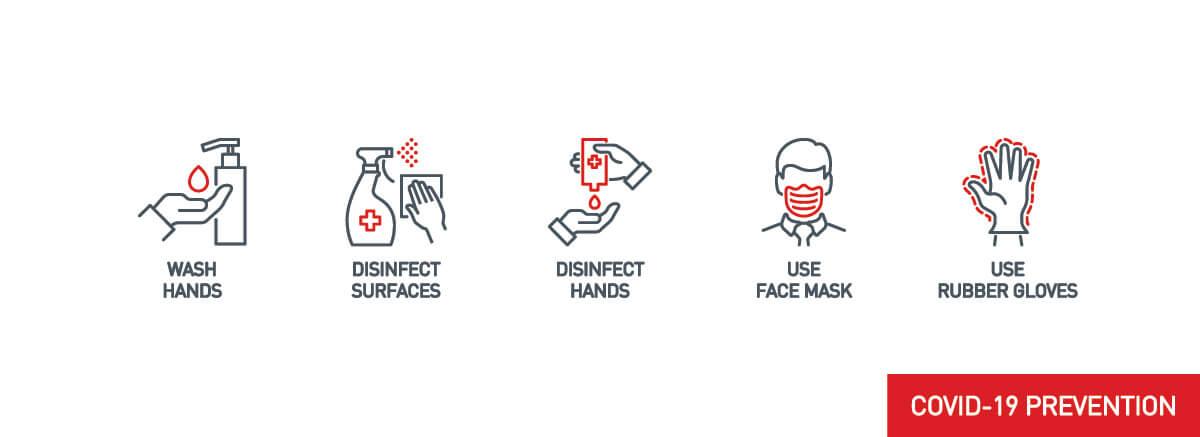Grief is a fact of life. We all experience a loss or a sense of loss. Regardless of the loss, there are stages that everyone goes through. Each person’s grief journey is an individual as their fingerprint. You can be angry one minute, depressed the next, and then in total denial. Unfortunately, there isn’t a defined order to the stages either All of the emotions that come at us, are defined as normal. The loss of a child is unimaginable, as it is unnatural for a parent to bury a child. You may spiral through all these emotions, many times, before you finally reach some sort of acceptance. And it’s all okay. Grief will eventually lead to healing. It just takes time and the realization that the acceptance of a loss is a journey, not a destination.
When grief hits close to home, loss of a child
To experience the death of a child takes grief to a different level, it’s unnatural for a parent to bury a child. We understand this challenge, our story relates as we lost both a team member, and a daughter to covid pneumonia. Her fight endured 43 days of hospitalization, 28 days on full life support. One tragedy is communication is one sided once placed on a ventilator. The body as a natural reaction to fight a vent so the patient is placed on paralytic drugs. Due to the pandemic and the policies of hospitals, most times when the family is called and given the okay to come in, it means the patient is between hours or moments of death.
When in-person visitation is not an option, but you want to talk to our loved one on life support. Ask this question.
Some of the larger hospital systems utilize telemedicine/telehealth for families that want to communicate with their loved one through a device. ICU units have these in the nursing station and can connect to your device. If you find yourself in a situation, where you are not allowed in, ask for a charge nurse or administrator to see if that option is available. It may take a few tries to master, but it provides some comfort.
Coping with mourning, loss, and grief on the fist holiday without your loved one
Reflection, Remembrance and Prayer, often is where a grieving person might find hope. Different methodologies are pertinent for different ages.
Some families have a children’s table or multiple tables for large gatherings. Invite all age group to plan what they may like to do or use to reflect and remember the person.
Some use an empty chair, with a place setting.
Others share a story that encompasses why they are thankful for their interactions with them.
Significant members, spouse or parent, might be asked what their expectations are within the family gathering and if they have a strong desire for the loved one to be remembered in a certain way.
Perhaps the family creates a remembrance piece that becomes a part of the family meals or make a favorite dish their loved one enjoyed for special occasions.
When a child has lost a parent, you might consider something special. For my granddaughter who loved to garden with her mom, a favorite flower arrangement or single rose is nice.
For those who like to pray, here’s one we modified that was shared with us for the empty chair:
This (thanksgiving) Lord we have an empty chair at our table, an ache in our heart and tears on our cheeks. We might shield others from our grief, but we can’t hide it from you We pray for (name of loved one) whose loving presence we’ll miss this homecoming time.
Help us remember and tell again the stories that knit us as one with the ones we miss so much. Open our hearts to the joyful memories of the love we shared with those who have gone before us. Let the bonds you forged deep in our hearts grow stronger as we remember them in prayer and thanksgiving of times when we were together.
Teach us to lean on you and each other in difficult moments and trust our loved ones are safe in your loving care. Help us spend quiet moments so our hearts can heal as we trust they are at your table forever and that one day we to will join them.
Even in our grief Lord, help us be glad in the peace you promise. The peace we pray you share with those who have gone before us. For ourselves Lord, and for all those who find the holidays and days ahead difficult, we make this prayer Amen.
With the plethora of web resources and wonderful books written on this topic there are too many to mention. Below are some tips from grieving people and what they wish you knew.
- Those who have recently lost someone they love may not respond to a standard, “Happy Thanksgiving” “Merry Christmas!” “Happy New Year!” “Happy Valentine’s Day!” greeting. These seasons can invoke painful reminders of the person they lost, where they feel they are “something to survive rather than enjoy”
- Social situations are hard, conversations that seem simple can be unbearable since something so significant has happened. To walk alone into a room of couples when your spouse has died, or a room of children when you have lost yours can be a soul crushing reminder of what you have lost. If you are the host inviting, don’t be afraid to say you understand if they can only stay a short time or need to cancel at the last minute.
- Extended family can be awkward and uneasy even, and perhaps especially, with those we are closest to. Some family members may think you have grieved long enough and want you to move on. Others may want to initiate a conversation about the person who died but aren’t sure how. If the name of the person is not mentioned, the person who is grieving may feel that they have been “erased” from family memories.
For many of us, grief tends to bring itself out in tears. It is a great gift to let grieving people know they don’t need to be embarrassed by their tears around you – or that they are welcome to cry with you. A wise mentor I confided in when I mentioned making someone uncomfortable because I cry, said to me, “water is life.” Your tears reflect the worth of the person or situation that is no longer with us. It’s perfectly normal to cry, you are not alone in this experience.



